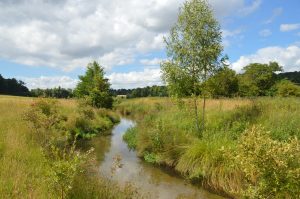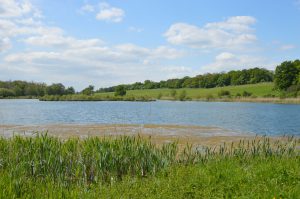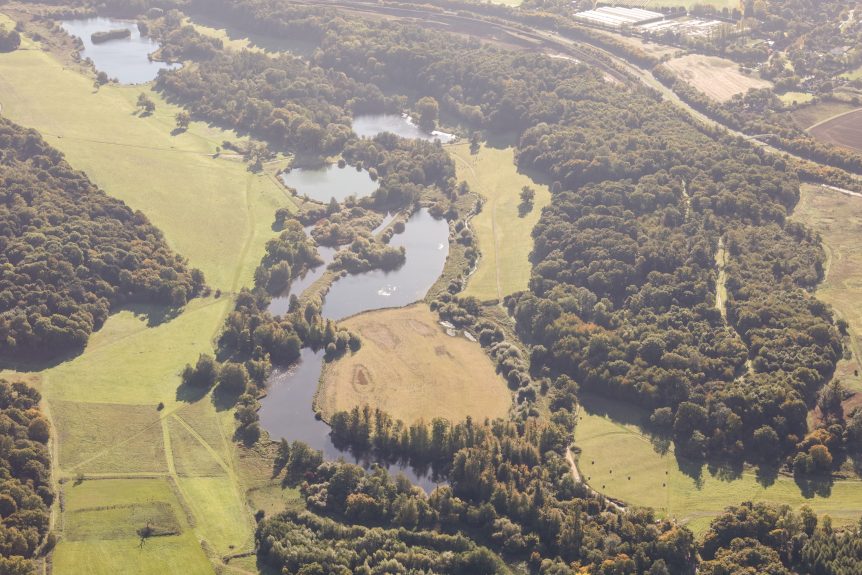Owned by Tarmac, Panshanger Park is a former quarry site that has been restored to a stunning country park.
This World Wetlands Day, Michael Charlton, Tarmac’s mineral estates manager, discusses how the park has been carefully restored to create a number of wetland areas and habitats.
Michael said: “Panshanger Park was once quarried for its sand and gravel and has been progressively restored to create a country park which is of county significance due to its biodiversity. It has a number of wetland areas, including the River Mimram, six lakes and wet grassland through the valley.
“The restoration of the quarry workings provided the opportunity to increase and enhance the wetland habitats throughout the valley floor, with high priority habitats created which included, 780 meters of chalk river, seven hectares of fen and wet grassland and eight hectares of eutrophic standing water – such as ponds and lakes.
“A number of lakes with reed fringed margins and islands were created. They form an important link within a chain of wetlands that run from Welwyn Garden City at Stanborough Lakes, through Amwell Nature Reserve, Rye Meads Nature Reserve and the reservoirs in the Lee Valley. This chain provides an important corridor of wetland habitat through which thousands of birds move.
“Additionally, a new section of chalk river was created to provide an alternative course for the existing River Mimram, which previously flowed through the Broadwater lakes, following the landscaping work completed by Humphry Repton in the 18th century.
 The new section of chalk river
The new section of chalk river
“This new channel – created in 2005 – includes features such as meanders, riffles and pools, and has been colonised by water voles. The design aimed to replicate the upstream and downstream section of the original river, and riverfly monitoring indicates the water quality scores amongst the highest in the whole of the Mimram catchment. It is also home to a healthy population of water voles.
“On the eastern side of Osprey Lake, a network of ponds and ditches were created which is now the second-best site in Hertfordshire for dragonflies and damselflies, home to 17 different species.
 Osprey Lake
Osprey Lake
“More recently, wetland scrapes (slight depressions with gently sloping edges) were created on the restored Broadwater meadow to provide shallow water habitat, which is important for birds such as teal and shoveler who like to feed on invertebrates and seeds in areas of shallow water and soft mud.
“A comprehensive path network provides plenty of opportunities for visitors to view the parks wetland habitats and the species that use them. In Spring and Autumn, you may even be lucky enough to see osprey visiting the park, on its migration between Northern Great Britain and Africa, to feed on trout from the lakes.”


